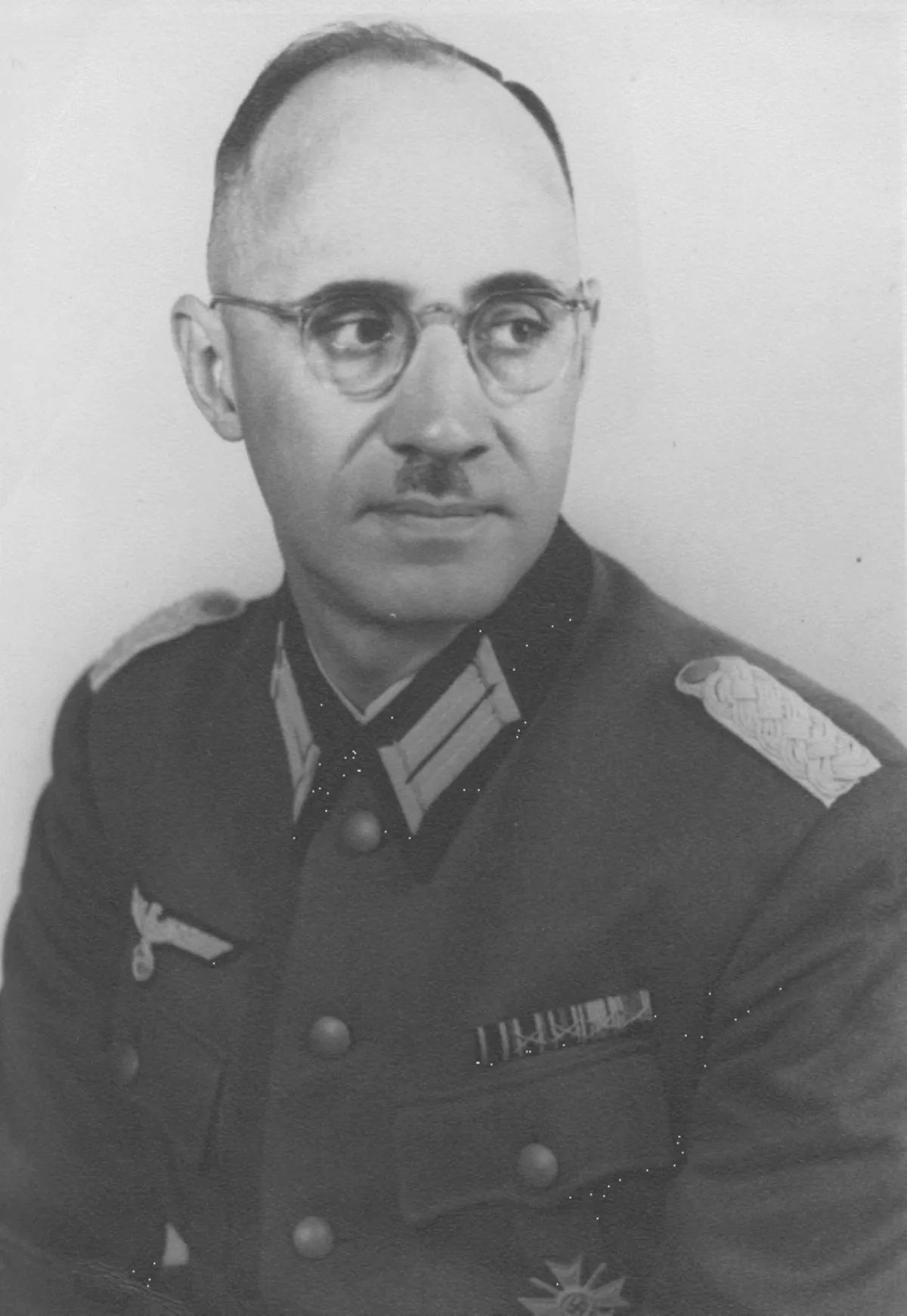 1.
1. At first, Karl Plagge employed Jews who lived inside the ghetto, but when the ghetto was slated for liquidation in September 1943, he set up the HKP 562 forced labor camp, where he saved many male Jews by issuing them official work permits on the false premise that their holders' skills were vital for the German war effort, and made efforts to save the worker's wives and children by claiming they would work better if their families were alive.